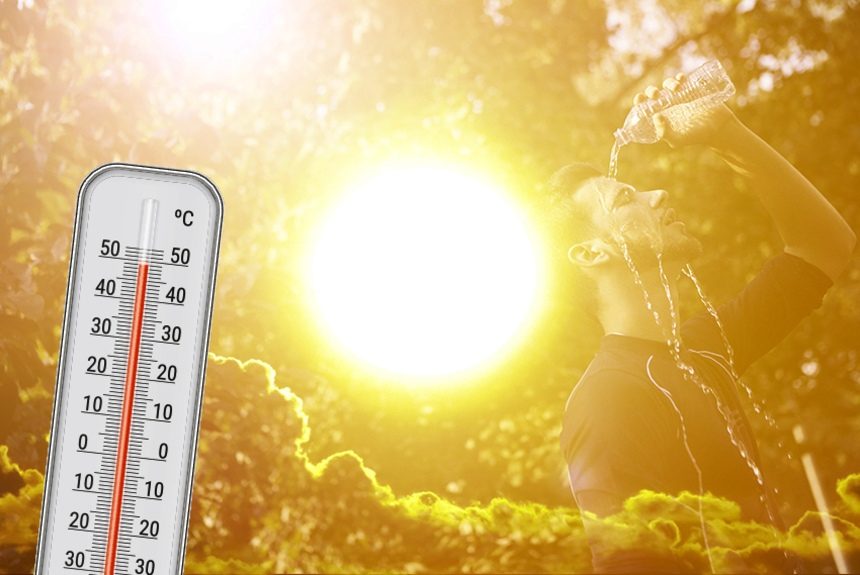Vancouver and the rest of British Columbia experienced the hottest temperature in Canadian history, 49.6°C, over the weekend. According to CTV news, this temperature is 1.6 C degrees warmer than the warmest temperature ever recorded in 1937 in Saskatchewan.
British Columbians called this occurrence a “prolonged heat dome” caused “when warm air from a high-pressure system gets trapped in lower elevations.”
According to the Economist, the sweltering temperatures that British Columbians have experienced mark the start of the northern hemisphere’s official heatwave, including America’s Pacific north-west region.
New York City’s Emergency Management Department is directing its residents to cooling centres, and for the third consecutive year, the Siberian Arctic has experienced scorching temperatures. The rising temperatures result from global warming trends as GHG concentrations in the atmosphere continue to increase.
Could heat waves be the new silent killer? Heat won’t directly kill, but it could worsen existing health conditions like respiratory or cardiac arrest.
In other parts of the world, especially in tropical countries, a slight increase in global temperatures can have deadly effects.
The Times of India reports that for a 1.5 degrees °C increase in temperatures, 14% of the world population will be exposed to severe heatwaves at least once every five years. Another half-degree would put an additional 1.7 billion people at risk.
Megacities in developing countries, from Kinshasa, Congo, to Karachi, Pakistan, Manila, Philippines, Mumbai, India, Lagos, Nigeria, and Manaus, Brazil, will be the most impacted cities.
According to the article, heat combined with high humidity is the most deadly type of heat, and it has its own measurement called the wet-bulb temperature. Experts say that even healthy human beings won’t survive if wet bulb temperatures exceed 35°C, even if they are under a shade with an unlimited supply of drinking water.
High wet-bulb temperatures create so much moisture in the air that sweating won’t help cool the body, which can cause organ failure and eventually death, according to Colin Raymond, lead author of a study on heat waves in the Gulf.
Heat-related deaths have reached thousands in countries like Pakistan, western Europe, Brazil, Colombia, the Philippines, Kuwait, Guatemala and other parts of the world. These deaths can be caused by heatstroke, heart attacks, and dehydration. Many could have been prevented with adequate resources and good infrastructure.
The country’s infrastructure can also increase temperatures, especially in urban areas, known as the urban heat island effect (UHI) phenomenon. “Heat-absorbing tarmac and buildings, exhaust from air condition, and the sheer density of urban living all contribute to this increase in cities”.
But heat waves, like many other climate impacts, are not evenly felt by all. Developed countries with more resources and better-quality infrastructure are not as vulnerable as those in developing countries, which cannot keep up with the cost of cooling their population, creating a “global cooling gap.”
These developing countries will struggle to adapt to climate change impacts, even as higher temperatures will spread more vector-borne diseases, reduce crop yields, and slash labour productivity.
Source Citation:
Mangione, K. (2021, June 28). 59 temperature records broken in a single day as B.C. swelter under ‘heat dome’. CTV News. Retrieved from https://bc.ctvnews.ca/59-temperature-records-broken-in-a-single-day-as-b-c-swelters-under-heat-dome-1.5488672
The growing risk of deadly heatwaves. (2021, June 28). The Economist. Retrieved from https://www.economist.com/podcasts/2021/06/28/the-growing-risk-of-deadly-heatwaves
After Covid, could the next big killer be heatwaves? (2021, June 23). The Times of India. Retrieved from https://timesofindia.indiatimes.com/world/europe/after-covid-could-the-next-big-killer-be-heatwaves/articleshow/83767619.cms



Leave a Reply